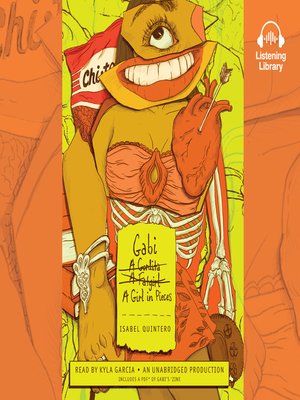

As author and illustrator document Iturbide documenting her subjects, they embrace all of these elements of Iturbide’s ethos. Always”) and in curiosity about liminal places where “the present and past,” “the indigenous and postcolonial,” “the real and the imagined” overlap. Her philosophy is rooted in “intimacy and respect” (“I respect my subjects because I am subject, too. Iturbide’s photography, frequently featuring strong women at the center of their indigenous communities, is intensely personal and culturally specific, yet universally resonant. We see the development of the many “obsessions” she is compelled to document and understand through her work: birds and the freedom of flight, death, life in “in-between” spaces, ritual, gender politics, the stories objects tell. and Tijuana the pueblos of Oaxaca and Juchitán Jaipur in India Frida Kahlo’s Casa Azul in Coyoacán and beyond. Together the sections trace, in not-quite-linear fashion, Iturbide’s travels from her home of Mexico City to the neighborhoods of East L.A. 1942) story is told in comic-panel format, with striking black-and-white illustrations, high-quality reproductions of her own photographs, and spare first-person narration drawing upon her writing and interviews interspersed are section introductions in a more conversational third-person, direct-address text. Maestra.” Photographer Graciela Iturbide’s (b.


This 2018 Boston Globe–Horn Book Nonfiction Award–winning biography introduces readers to “an icon. Photographic: The Life of Graciela Iturbide


 0 kommentar(er)
0 kommentar(er)
